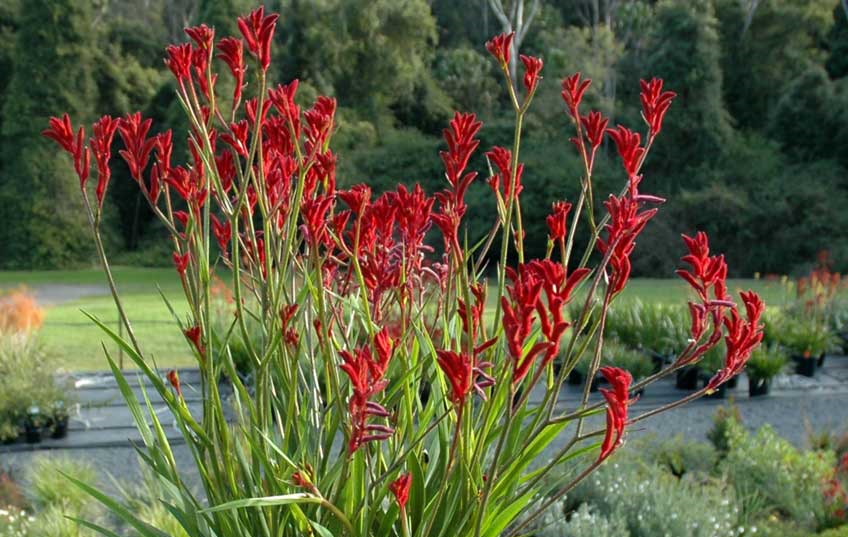The Best Plants for Australian Hedges
- Written by Digital 360

When talking about hedges, what comes to mind is using plants to provide a beautiful compound, a windbreak, and a dividing wall. Hedging plants vary in size, color, and flowering. Therefore it is essential that you consider the needed height, what suits your climatic conditions, growth rate, and attributes such as fruit density, flowers, foliage, and hardness. Many horticulturalists recommend the following species for your garden projects Sasanqua Camellia, Sweet Viburnum, Cascade Lilly Pilly and Murraya.
1.Sasanqua camellia
Sasanqua camellia is a large autumn flowering plant with abundant blooms. They come in different shades, making it easier for you to choose your preferred color from red, white and pink. The plant is best for hedges with heights ranging from one and a half to five meters due to upright growth. Growing at a slower rate than most hedge plants, it thrives in rich, slightly acidic soils. It also does well in sunlight and partial shades.
2.Sweet viburnum
The sweet viburnum has large, eye-catching green leaves, and it is also one of the fastest-growing plants. You must ensure it gets clipped during the summer season. Sweet viburnum being a vigorous grower, is best for three to four-meter hedges. When in need of a more compact form of the above plant, try viburnum suspensum, a smaller variety.
3.Japanese box
This can be described as the classic formal hedge. The Japanese box plant has glossy green foliage. It is among the best hedge plants, and it displays moderate growth. If you live in Australia's colder regions, you can opt for the English box, a darker and slower-growing variety. The Japanese box grows three to four meters tall.
4.Cascade lilly pilly
There are dozens of cascade lilly pilly species. Unfortunately, many of them are greatly affected by pests creating a significant problem. Despite that, the plant grows at a fast rate producing beautiful flowers in the summer season. It is best suited for box hedges and short hedges of up to one meter tall. Cascade lilly pilly is also used in parterre designs.
5.Murraya
The substitute name for murraya is orange jessamine. It is among the most planted hedges as it thrives in all seasons. This hedge plant has glossy green leaves, which appear to be small and dense. They have a pleasant fragrance because of their white flowers, which will make your compound smell amazing. Murraya grows at a higher rate, in the sun or partial shades.
6.Kangaroo paw
This plant is also known as bush pearl, and it has a dwarf habit characterized by branched stems and a non-stop blooming performance. Bush pearl will make a good hedge plant, and its lovely pink flowers will attract birds into your garden. You can clean up the hedge bed by trimming the stem and the leaf fans that are close to the ground.
If you want this plant to thrive, fertilize it using a general-purpose fertilizer in the warmer months. Another helpful tip is to water the plant when it is dry, windy, or hot. A hedging plant that produces as many flowers as kangaroo paw will require many nutrients and water to thrive.
You have to allow your hedge plants to grow with an interval of 1 m on average. If you plan to add fertilizer for a bushy, dense hedge, you have to prune the plants more.









